The Eternal City awoke on 21 April 2025 to hushed streets and tolling church bells. Yesterday, the Vatican announced that His Holiness, Pope Francis died peacefully at 7:35am, ending a profoundly influential 12‑year papacy.
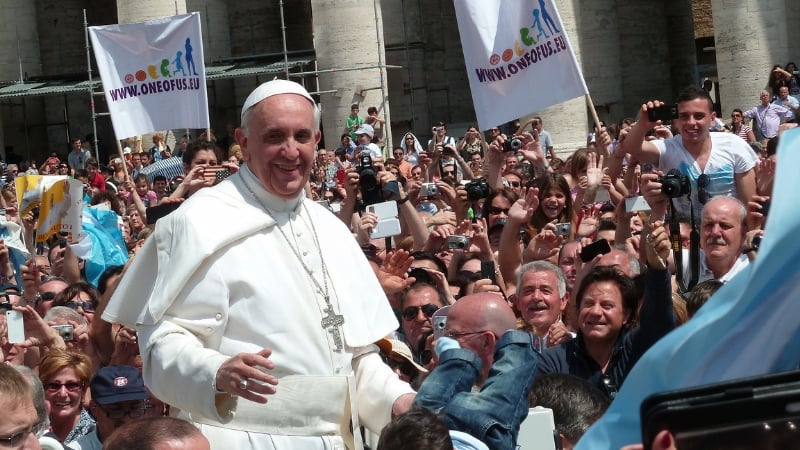
Image credit: Edgar Jiménez via Wikimedia Commons
For travellers already in Rome, and those making last‑minute pilgrimages, the atmosphere is one of solemnity laced with historic anticipation. Below, you’ll find both a first‑hand look at what is happening on the ground and practical advice for visiting the Vatican during this rare and sensitive interlude before the conclave.
A City Draped in Black and Gold
Crowds Converging on St Peter’s Square
You can watch the livestream of St Peter’s Square via Vatican News below:
Upon the announcement of the death of His Holiness, thousands had already gathered along Via della Conciliazione, candles in hand, waiting to file past the simple wooden coffin Pope Francis requested. Loudspeakers relay rosaries in dozens of languages; meanwhile, Italian police shepherd visitors through widened security lanes. Expect the square to fill from early morning until late evening, especially once the Vatican confirms the funeral date (likely between 27 and 30 Apr).
Public Tributes and Silent Vigils
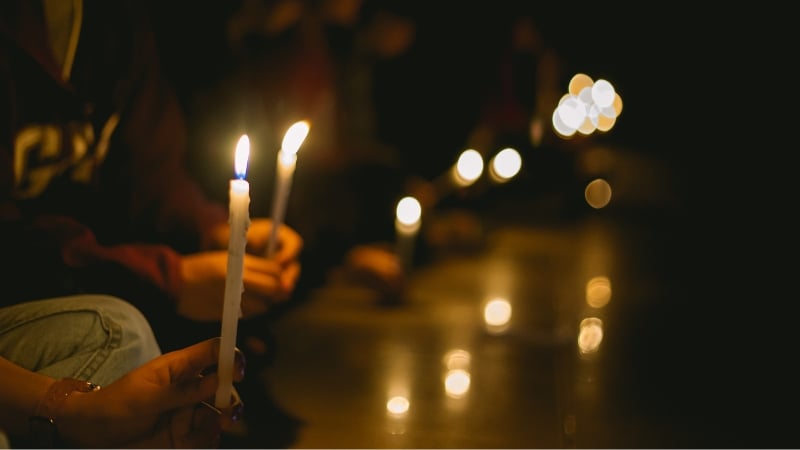
Image credit: Jantanee Rungpranomkorn via Getty Images
Throughout Rome, parish churches are holding nightly requiem Masses. Locals leave white roses outside the Basilica of St Mary Major, where the late pontiff will be interred: The first pope buried beyond Vatican walls in more than a century. Even secular landmarks feel subdued: Cafés near Piazza Navona have dimmed their music, and souvenir sellers on the Spanish Steps report shorter operating hours out of respect.
Services Running (Mostly) as Usual
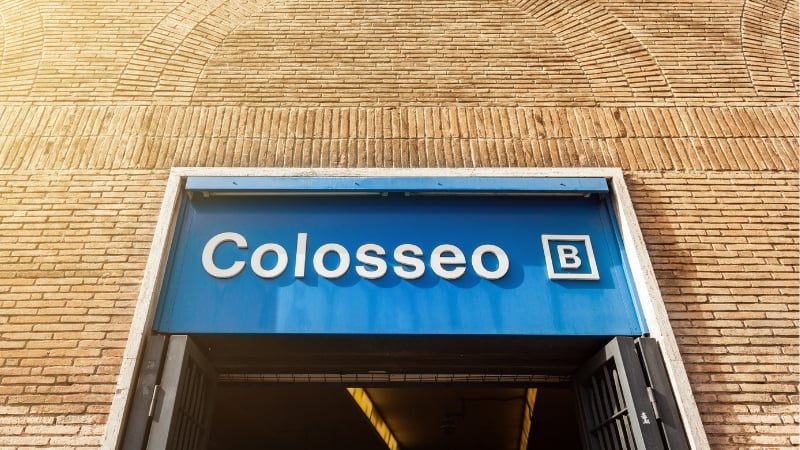
Image credit: Piola666 via Getty Images Signature
Rome is not locked down. The metro, buses and regional trains operate on their standard timetables, while most museums, restaurants and shops remain open. Yet anything within the Vatican’s tiny footprint can change at a moment’s notice, so pack patience along with your guidebook.
Visiting the Vatican During a Papal Transition
Plan for Extra Screening and Longer Queues
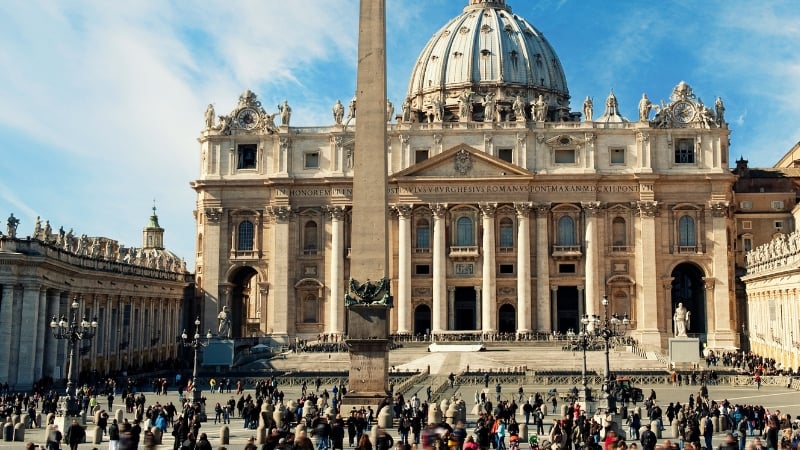
Image credit: Nejron via Canva Pro
Security has tightened across St Peter’s Basilica, the colonnades and the museum entrances. Allow at least twice your usual buffer for x‑ray checks and bag inspections. Authorities discourage and may refuse entry for those with large backpacks. If you have mobility concerns, arrive before 7 am when queues are shortest.
Check Which Areas Are Closed – and When
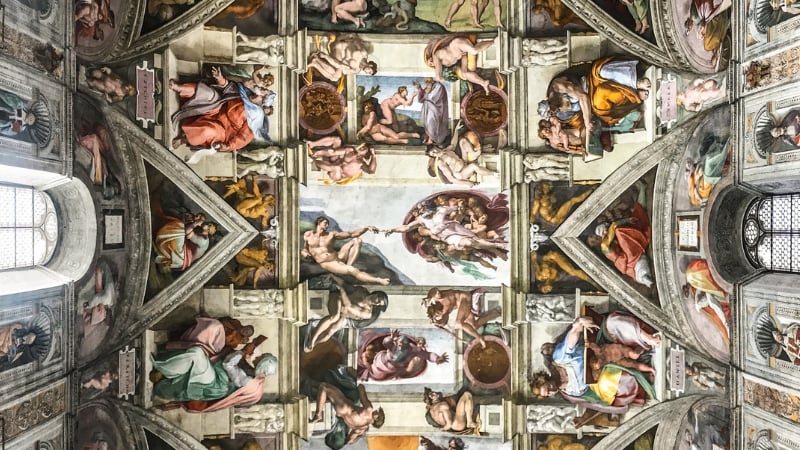
Image credit: Life on White via Canva Pro
- Sistine Chapel: Open for now, but will shut about a week before the conclave (expected mid‑May) and remain sealed until white smoke signals a new pope.
- Apostolic Palace tours: Frequently paused while dignitaries pay respects.
- Vatican Gardens and Necropolis: Likely to suspend guided visits once cardinals begin arriving.
Monitor the Vatican’s official website or confirm with your tour operator 24 hours in advance; many guides are rearranging routes to focus on galleries still accessible.
Book Accommodation Early – and Flexibly
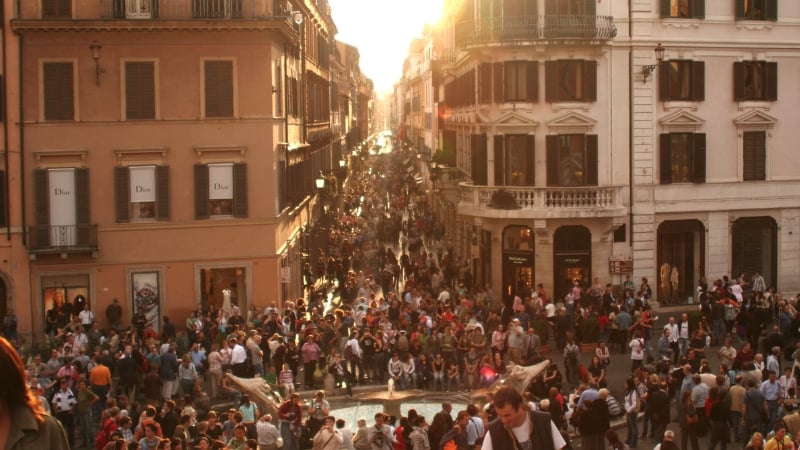
Image credit: Marianna via Pexels
Hotel bookings across central Rome spiked the moment the death was announced, overlapping with preparations for the 2025 Jubilee Year. If possible, choose cancellable rates and stay near metro Line A (stops: Ottaviano, Lepanto or Spagna) for easy access should road closures tighten around the Vatican.
Move Around the Crowds
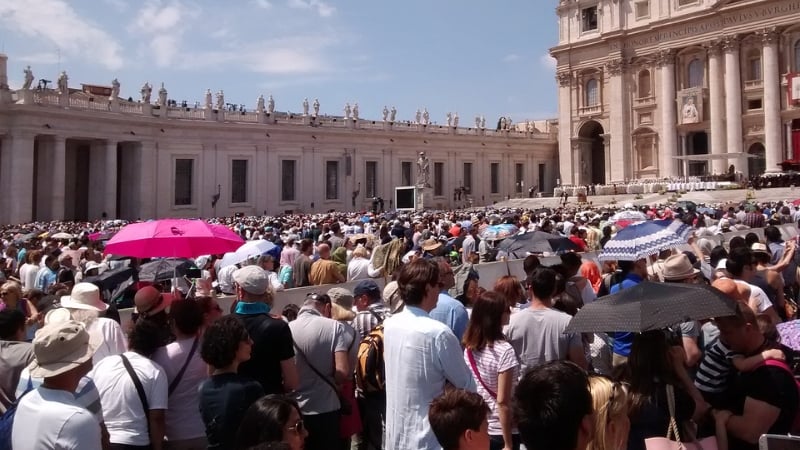
Image credit: MX Granger via Wikimedia Commons
- Arrive on foot from Castel Sant’Angelo to avoid traffic diversions.
- Reserve museum entry for late afternoons, when mourners shift towards evening vigils.
- Consider alternative worship sites such as Basilica di San Giovanni in Laterano if St Peter’s reaches capacity during public viewings.
Respectful Conduct Matters
This is first and foremost a period of mourning. Dress modestly (shoulders and knees covered), keep phone conversations discreet, and refrain from selfies near the coffin or active prayer areas. Donations to papal charities are accepted at clearly marked kiosks; aggressive street vendors are not part of official fundraising.
Be Ready for the Conclave Spectacle

Image credit: Antmoose via Wikimedia Commons
Fifteen to twenty days after the funeral, about 120 cardinals will enter conclave. During voting, expect:
- Entire closure of the Sistine Chapel.
- Periodic smoke‑watch crowds flooding St Peter’s Square.
- Rolling news crews and heightened police presence in surrounding districts.
Should you wish to witness the “Habemus Papam” moment, arrive at the square several hours ahead, bring water, and brace for airport‑style screening each time you re‑enter.
Travelling With Sensitivity and Purpose
To stand in Rome right now is to witness history in real time: The farewell to a beloved pope and the quiet countdown to the election of his successor. With a little foresight and a great deal of respect, visitors can both honour Pope Francis’ legacy and navigate the practicalities of a city balancing grief with the daily rhythm of life. Pack patience, keep your plans flexible, and you’ll find Rome still welcomes you: Softly, reverently, yet unmistakably alive.





